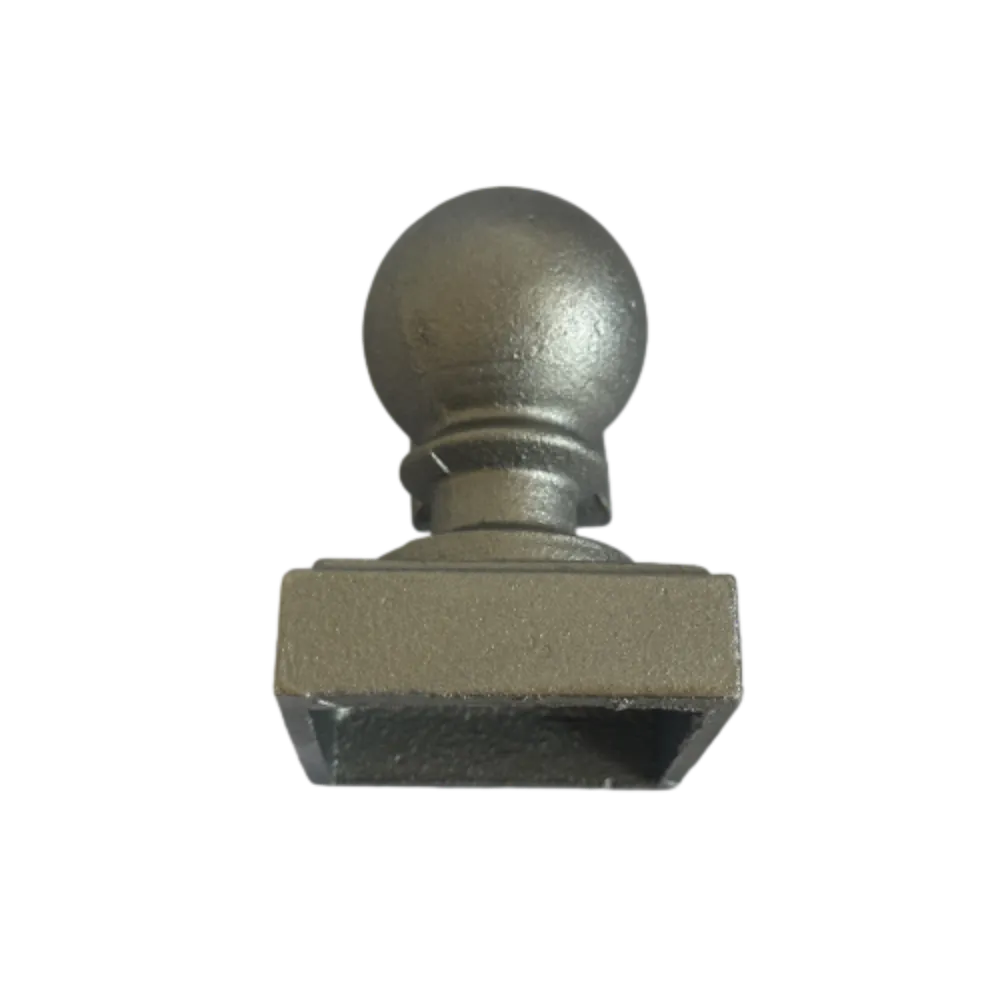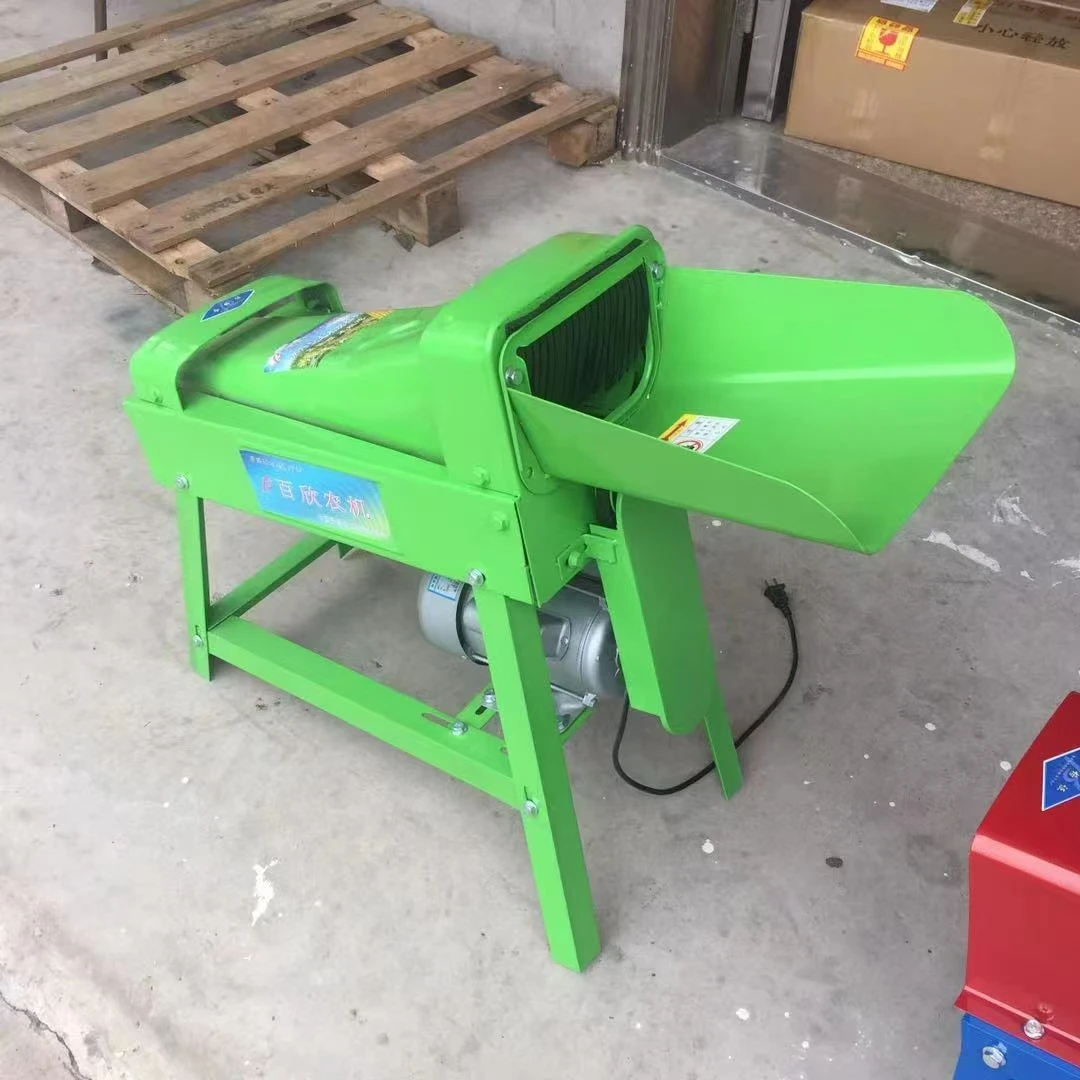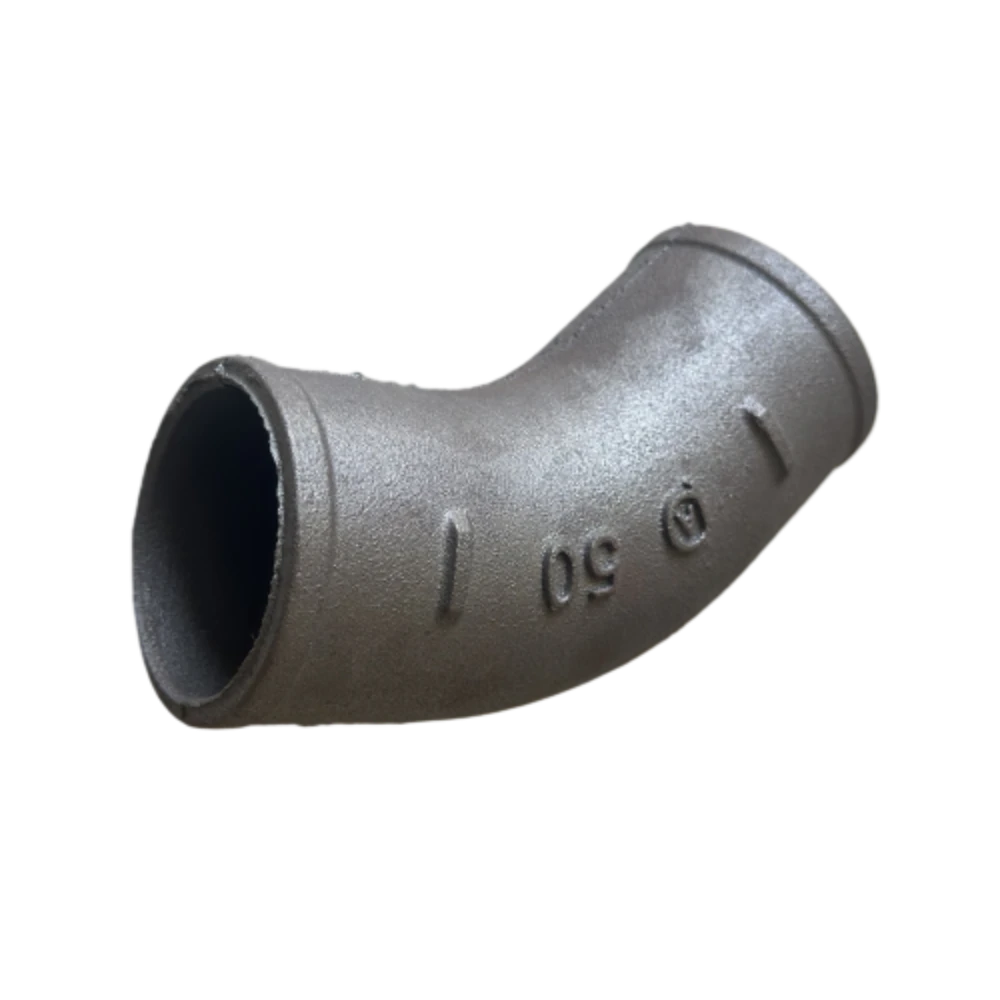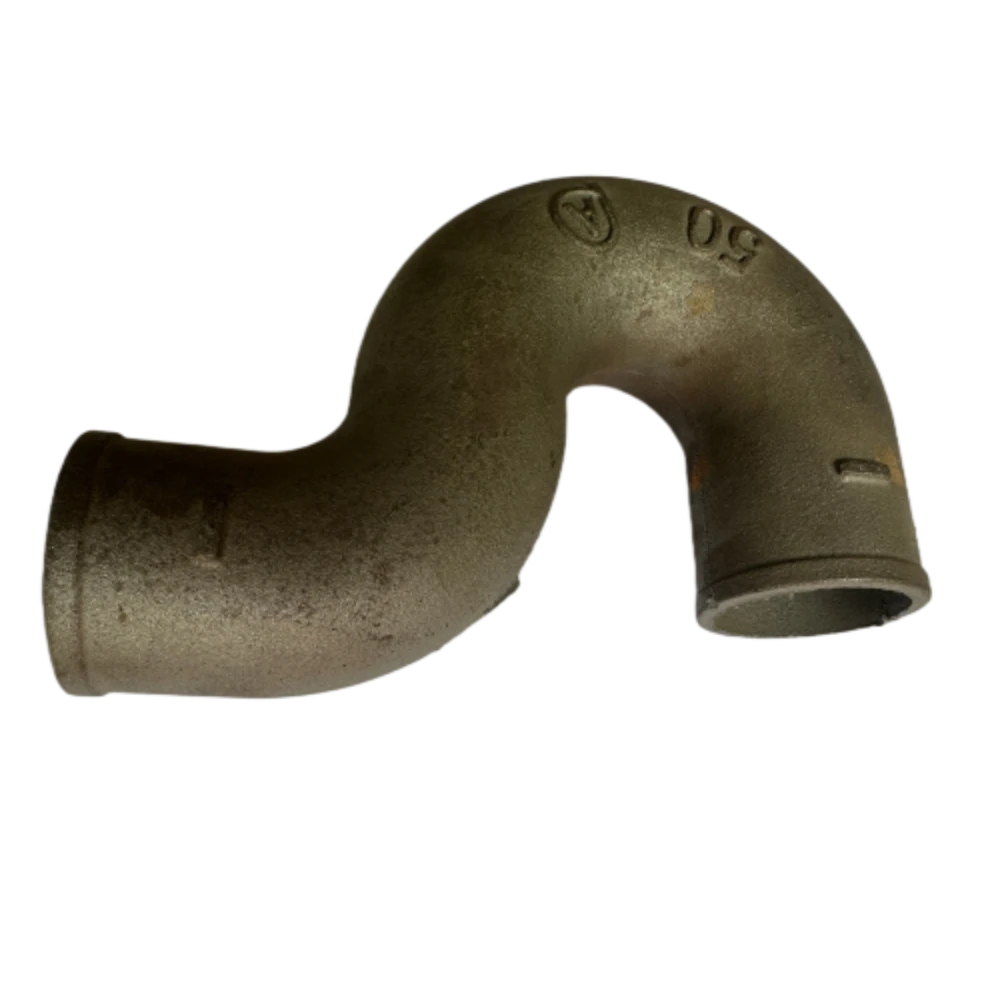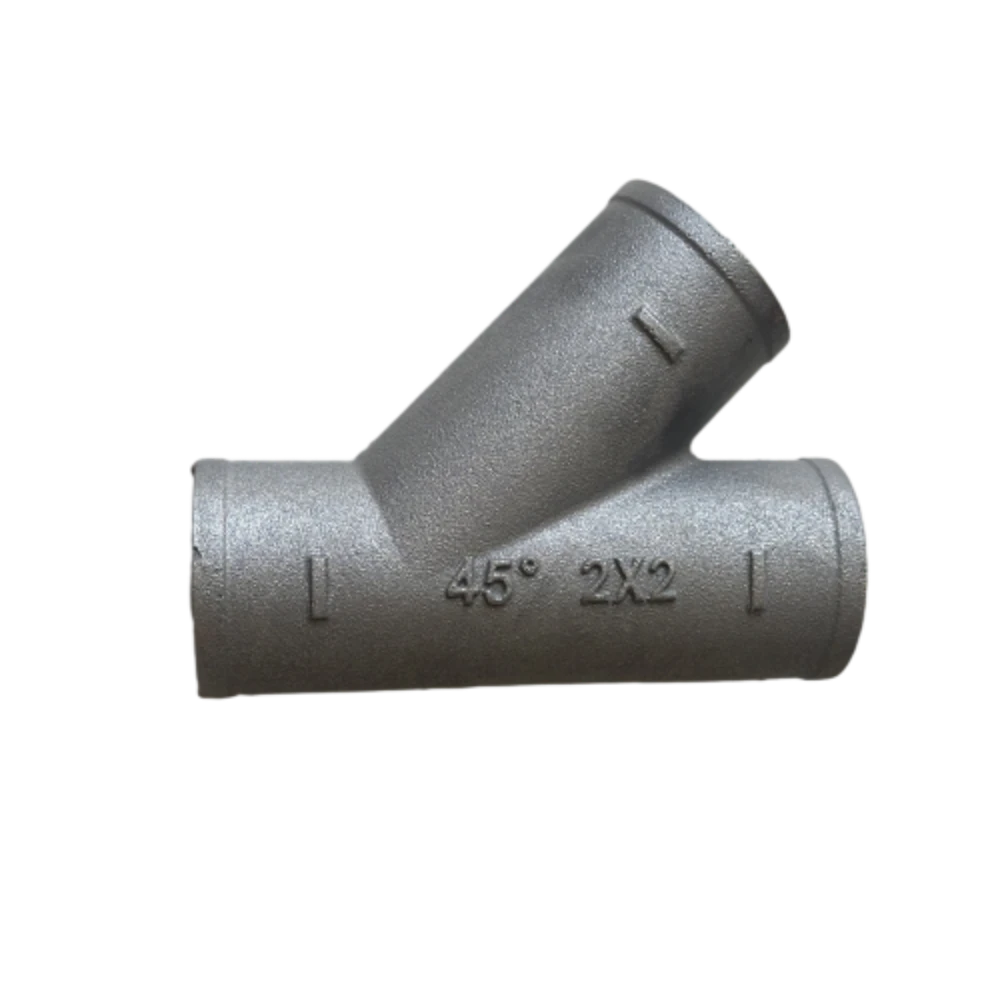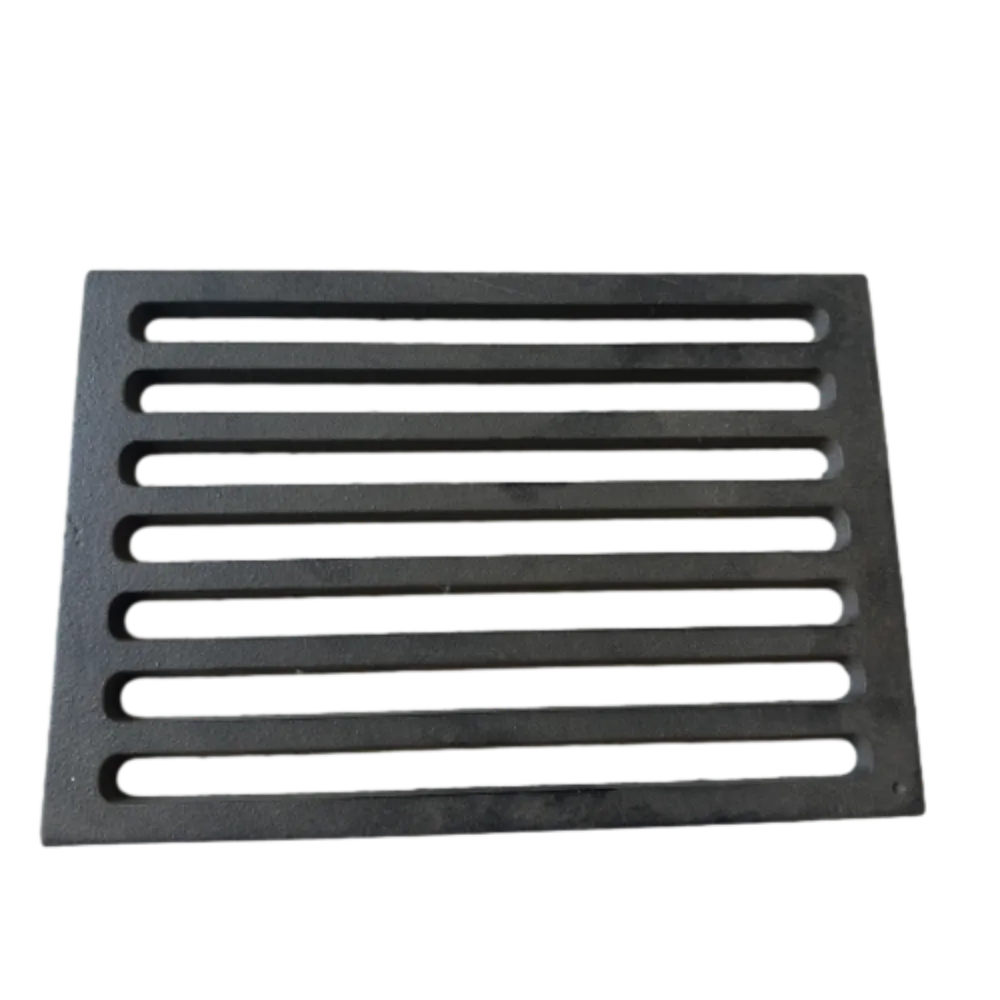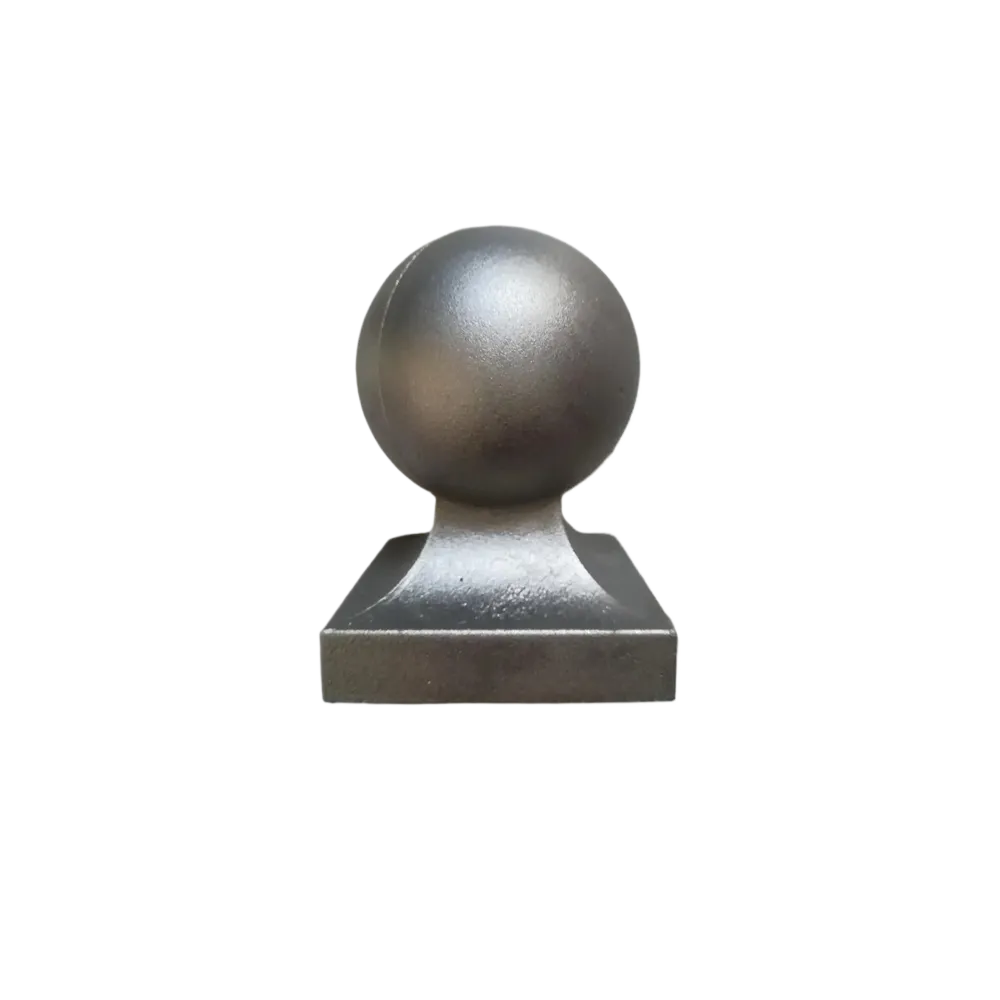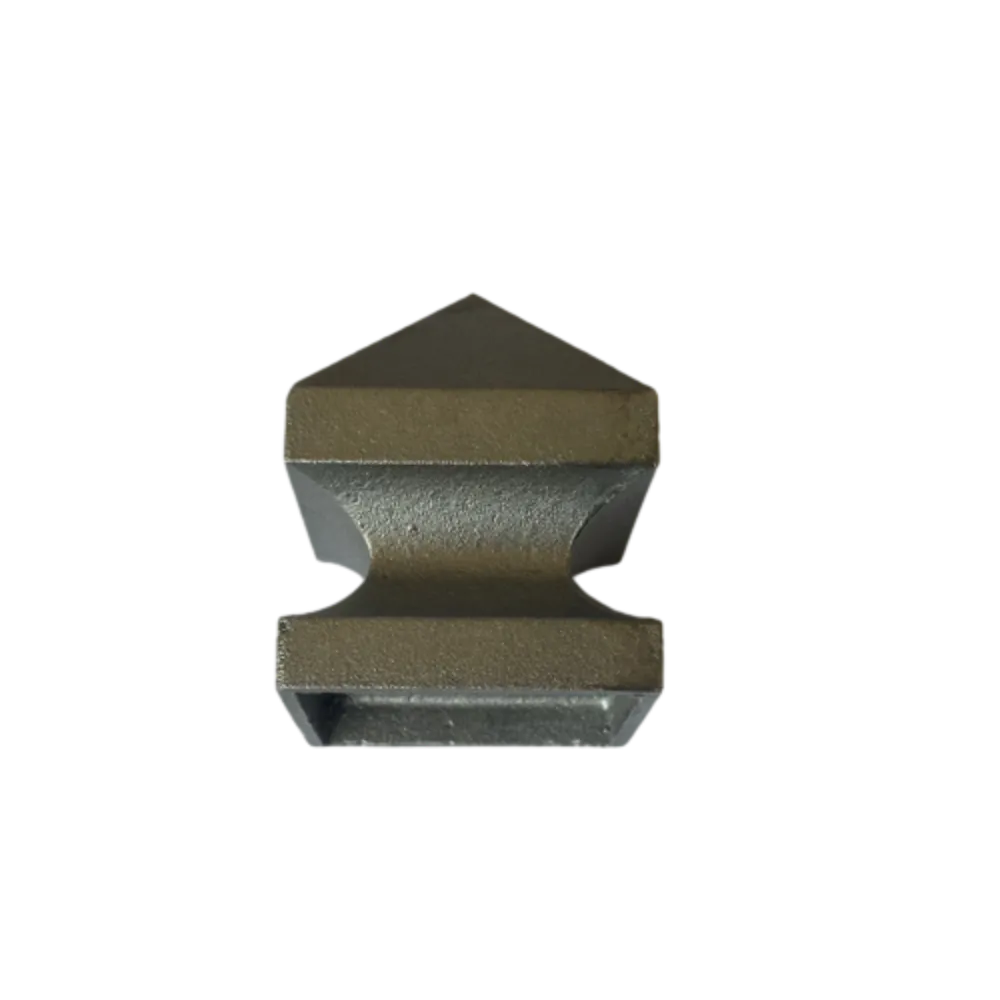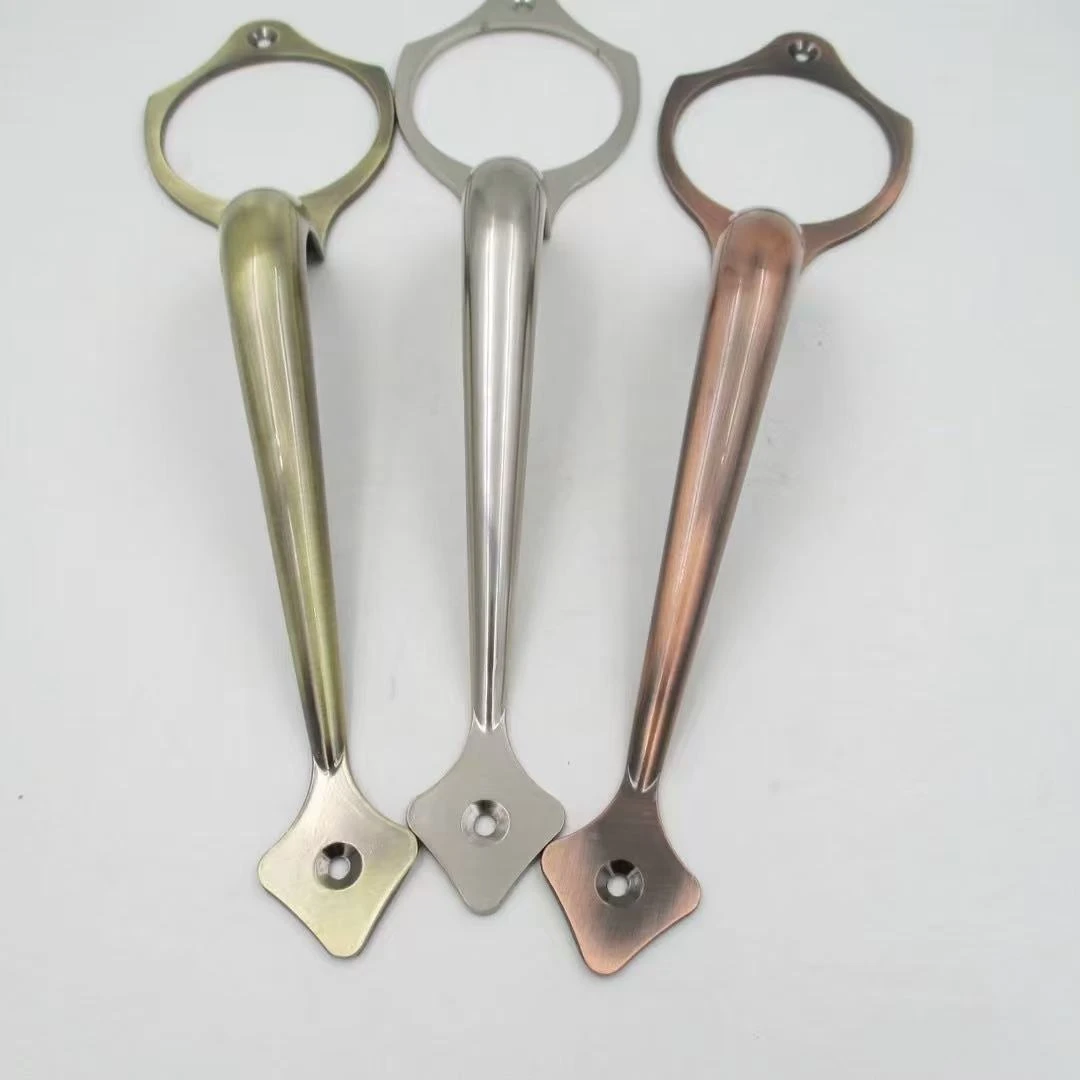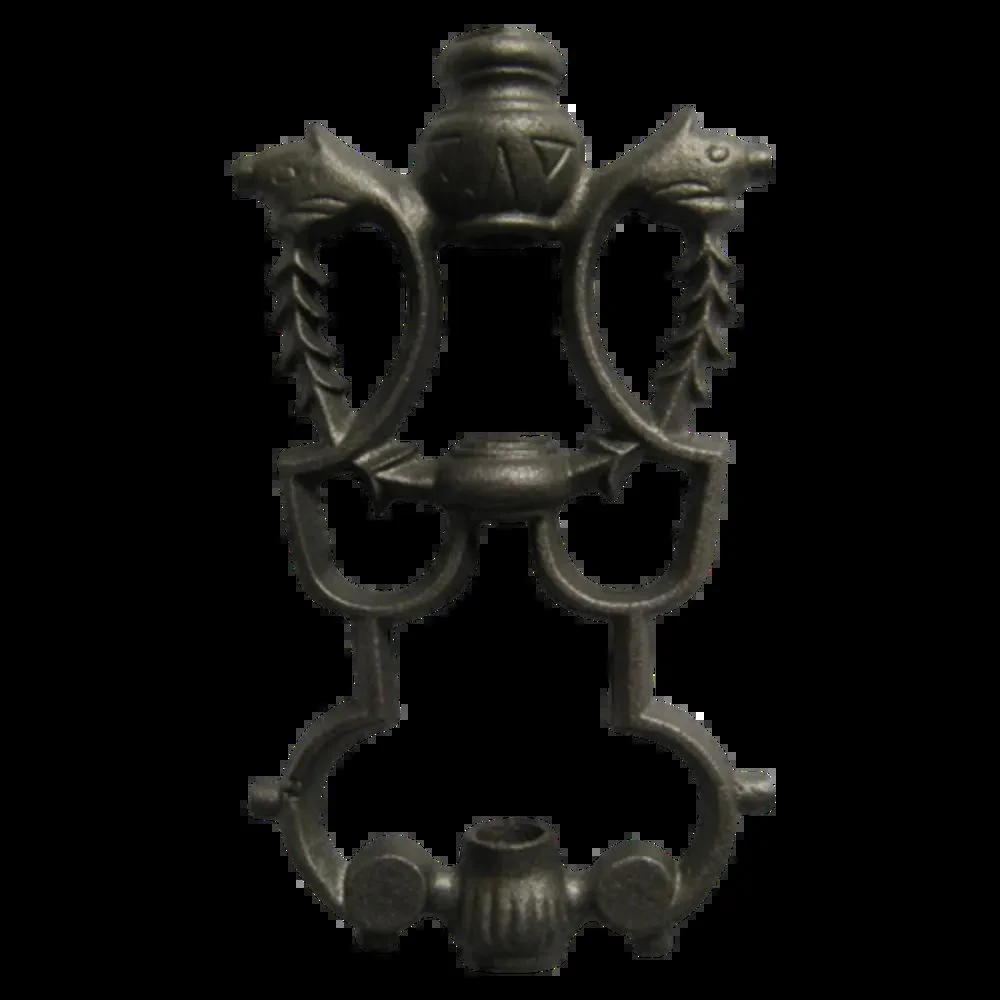Sliding Window Roller Maintenance and Replacement Guide for Smooth Operation
Sliding Window Roller Replacement A Step-by-Step Guide
Sliding windows are a popular choice for modern homes, offering a sleek design with an unobstructed view of the outside. However, like any mechanical device, the rollers that allow these windows to slide can wear out over time. Replacing sliding window rollers is an essential maintenance task that can restore functionality and enhance the overall aesthetic of your windows. In this guide, we’ll walk you through the process of replacing sliding window rollers step-by-step.
Understanding the Components
Before diving into the replacement process, it’s important to understand the components involved. Sliding window rollers typically consist of a wheel that is encased in a small housing. These rollers allow the window to slide smoothly along the track. Over time, dust, dirt, and general wear can cause these rollers to become dysfunctional, leading to a window that is difficult to open or close.
Tools and Materials Needed
To replace sliding window rollers, you’ll need a few tools and materials. Gather the following
- Screwdriver (flathead and Phillips) - Pliers - Replacement rollers (make sure they match the size of your existing rollers) - A putty knife or flat pry bar - Lubricant (optional) - Cleaning cloth
Step-by-Step Replacement Process
1. Preparation Before starting, ensure you have all tools and materials at hand. It’s also a good idea to have someone assist you if the window is particularly large or heavy.
2. Remove the Window Begin by removing the sliding window from its frame. Locate the screws or brackets that hold the window in place. Carefully unscrew and detach any hardware. Use a putty knife or flat pry bar to gently pry the window upwards from the track. Be cautious not to apply too much force, as this could damage the frame.
sliding window roller replacement
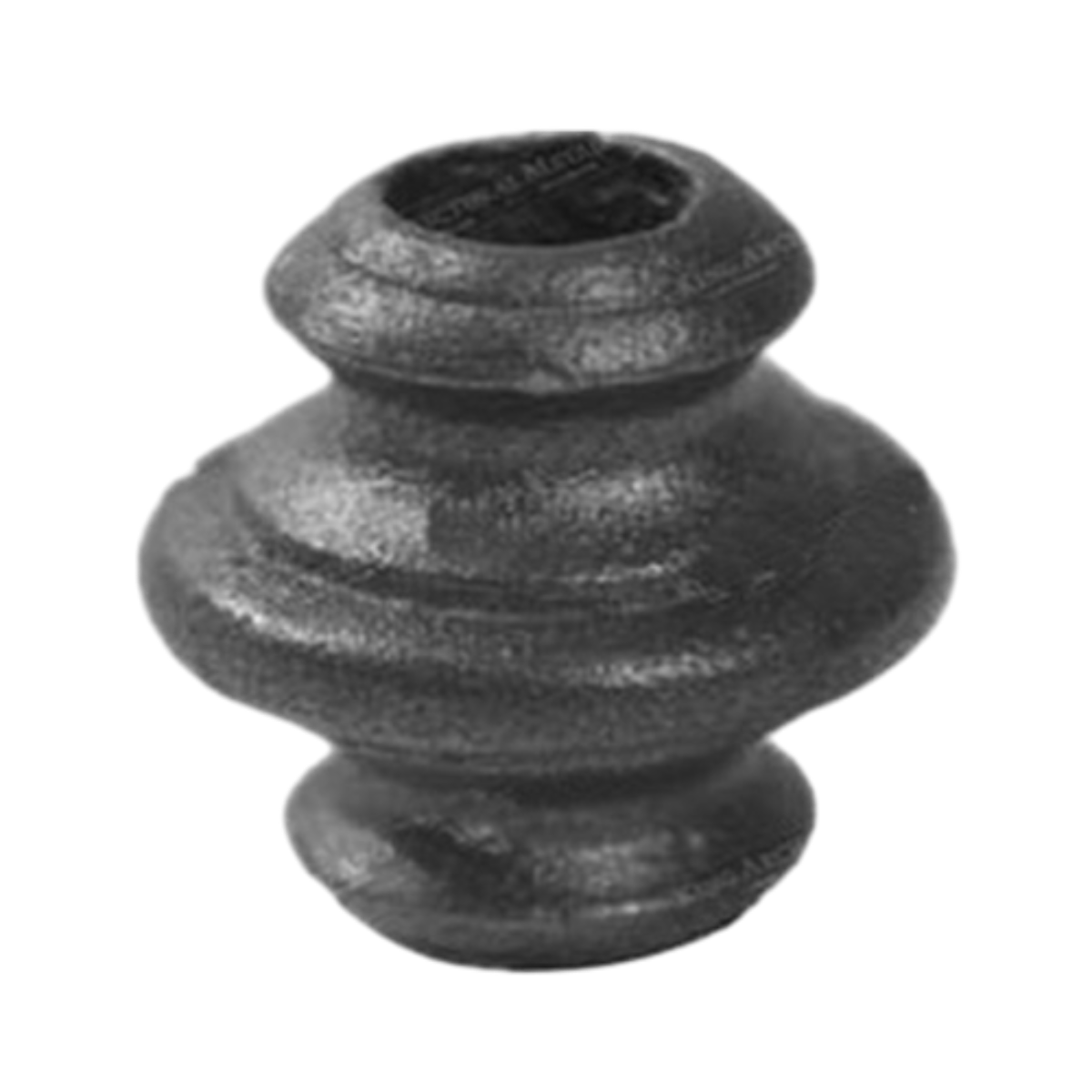
3. Inspect the Rollers Once the window is removed, inspect the existing rollers. Take note of their size and design to ensure you purchase the correct replacements.
4. Remove Old Rollers The rollers are generally fastened with screws or clips. Using a screwdriver, remove the screws or disconnect the clips holding the old rollers in place. Gently pull out the rollers from their housing. If they seem stuck, use a pair of pliers to carefully wiggle them free without damaging the frame.
5. Clean the Tracks Before installing new rollers, clean the tracks thoroughly. Use a cleaning cloth to wipe away any dust and debris. If needed, you can apply a lubricant to the track to ensure smooth sliding of the new rollers.
6. Install New Rollers Take the new rollers and insert them into the same location as the old ones. Make sure they fit snugly and securely. Reattach any screws or clips you removed earlier to hold the new rollers in place.
7. Reinstall the Window Carefully lift the window and align it with the tracks. Slide the window back into place, ensuring it sits securely within the frame. Reattach any hardware or brackets that were originally used to hold the window.
8. Test the Window After reinstallation, test the window by sliding it back and forth. It should move smoothly along the tracks without any resistance. If there’s any difficulty, check to ensure the rollers are properly seated and the tracks are clear.
9. Final Touches Once everything is in place, you can clean the window and frame for a polished look. This is also an excellent time to check the weatherstripping and seals for wear and tear, as replacing these can further enhance the performance of your sliding window.
Conclusion
Replacing sliding window rollers is an achievable DIY task that can significantly improve the functionality of your windows. With a little patience and the right tools, you can restore the ease of use and enhance the curb appeal of your home. Regular maintenance, including roller replacement, will ensure that your sliding windows remain a beautiful and practical feature for years to come. Remember, if you ever feel uneasy or unsure during the process, don’t hesitate to consult a professional for assistance.
-
Window Lock Handle for Security UpgradesNewsJun.20,2025
-
Proper Lubrication Techniques for Sliding Gate WheelsNewsJun.20,2025
-
Ornamental Iron Castings for Interior DesignNewsJun.20,2025
-
Creative Ways to Decorate Around a Cast Iron FireplaceNewsJun.20,2025
-
Cast Iron Pipe and Fitting for Plumbing SystemsNewsJun.20,2025
-
Cast Iron Panel Casting for Architectural ElementsNewsJun.20,2025


